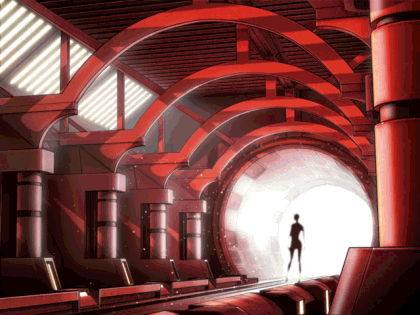How to use Autodesk SketchBook Motion
Use Autodesk SketchBook Motion to add animation to an existing image, by importing the image, then drawing the components that will be animated, and placing them on different layers. You can also draw something from scratch, then draw the animated components on separate layers.
Here are a few examples of what you can do. If you’re looking for additional inspiration, in the app’s gallery, select Examples and check out Creating a professional looking animated logo and How to make ecards.



SketchBook Motion leads you through scene creation. But, let’s not get ahead of ourselves.
What is a scene? A scene is the animated project you create in SketchBook Motion. It can be as simple or as complex as you imagine. Animate a bird flying, rain falling, or a logo with glows and other effects.
All your work happens in the canvas. This is where scene creation occurs. You draw in the canvas, drag files onto it, and set and modify behaviors here. It is your workspace.
Using SketchBook Motion
Here are a bunch of ways you can use Motion:
To entertain or communicate
- Turn images into moving stories
- Add meaning to your presentation
- Build simple animated prototypes
- Design dynamic logos and ecards
- Create fun and engaging classroom projects
- Enhance instructional content
To create from scratch or use existing images
- Draw directly with the brushes using your finger or Apple Pencil
- Import any images from your Photos
- Use layers to assign different animation modes to elements in your scene
- Apply simple gestures to make things grow, move, or emit particles
- Add complex animation behavior, using advanced controls, such as granular motion
To output and share your work
- Create stickers to add meaning and emotion to your iMessage
- Share your feelings with lightweight GIFs
- Export high-quality movies as MP4s
- Upload html links that can be shared and viewed in any browser
To deepen your knowledge
- Interactive tutorials walk you through the basics
- In-app examples enable you to dissect more complex projects
- Online help and videos provide instruction for how to use features
